One of the best things you can do to improve your Instagram feed is to get a better camera, here are the best cameras for Instagram in 2023.
Using a smartphone can be great for taking photos and posting to Instagram. But we know a lot of users will outgrow their smartphone and want a mirrorless or DSLR camera to step up their Instagram feed.
When you get a camera with interchangeable lenses it’ll also allow you to change aperture, shutter speed, iso, and plenty of other settings to perfect your photos.
Once you’ve made the decision to upgrade your camera it can be hard to choose the perfect camera. Choosing a high quality camera can last you years, we’ve compiled the best camera for Instagrammers.
Things like weight, price, and functionality can vary between cameras so be sure to review all of our options. Paying a few extra hundred dollars now can increase the longevity of your camera in the future.
Best Cameras for Instagram
First let’s note the biggest differences between mirrorless cameras and DSLRs. Selecting this is an important part since it’ll affect the overall experience with a camera.
- Mirrorless: Smaller, lightweight, more modern features, and accurate viewfinder previews.
- DSLR: Larger, heavier, better battery life, and better autofocus systems.
Whether you’re posting on Instagram, printing photos, or need a camera for social media all of these cameras are great for capturing the moments from your adventures. If you’re a blogger these cameras will also improve your blog‘s photos.
Here is the list of the best cameras for Instagram:
Sony α6400 – Best Entry Level Mirrorless Camera
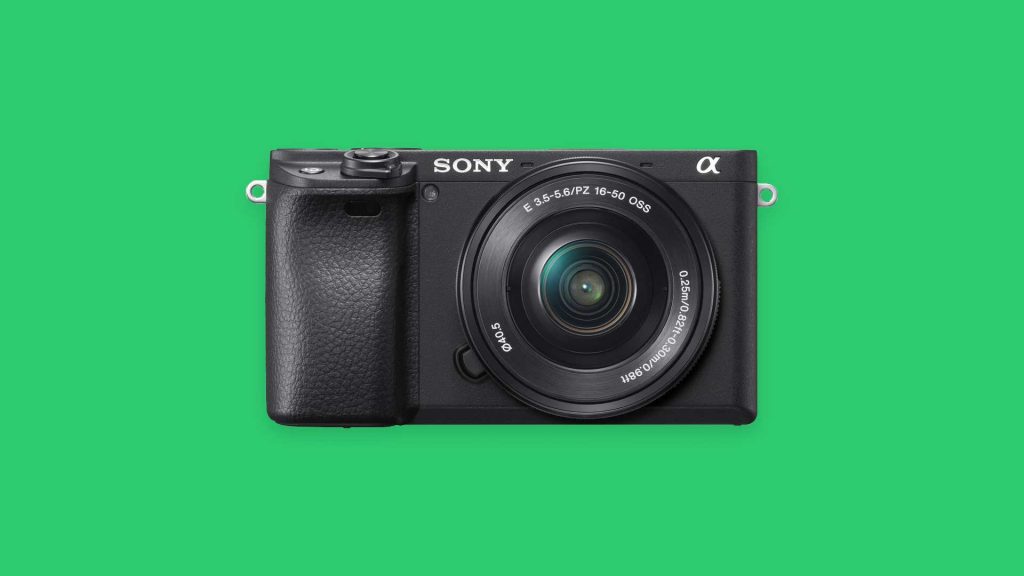
Sony’s mirrorless cameras have taken the camera market by storm. Sony’s mirrorless cameras are known for their small form factor and great image quality. One of Sony’s most popular entry-level cameras is the α6400 which was released in 2019. Built around a 24.2 megapixel sensor the Sony α6400 sports great image quality, fast autofocus, and a portable design. The Sony α6400 also features some incredible video capabilities including 4k filming, 1080p slo-mo at 120fps and a microphone port.
On the back of the Sony α6400 you’ll find a 3-inch touchscreen that’ll make for an easier transition from smartphone shooting. The touchscreen lets you select focus points in photos but sadly isn’t usable in the camera’s menus. The screen is a tilting LCD screen which is perfect for taking photos high up or low to the ground without laying on the ground. The screen also flips over the top so you can take selfies or film yourself while vlogging but if you’re using a microphone it’ll block the screen a bit.
If you’re into travel photography you’ll love the lightweight form factor of the Sony α6400making it easy to throw into a bag.
Wifi is also included in the α6400 body which makes it super simple to grab images from the camera using the Sony PlayMemories App. Wifi is a great feature for beginners who are familiar with editing and posting from their phone.
The battery life for the α6400 is about ~410 shots. So it will typically last all day while traveling but the batteries are tiny so you can pack a few in your bag. So if you plan on buying this camera we recommend picking up a few extra batteries. Plus you can charge the battery using a USB cable (or he included AC adapter) which is great since you don’t have to pack another battery charger in your bag.
If the Sony α6400 is too expensive you can also find a used α6000 which was released in 2014 and are much more affordable.
- 20.1MP stacked back illuminated 1″ Exmor RS CMOS sensor w/ DRAM, large aperture 24-70mm1 F1.8-2.8 ZEISS Vario-Sonnar T lens
- Enhanced subject capture: wide 425 Phase/ 425 contrast detection points over 84 percent of the sensor
Sony α7 III – Best Camera for Instagram
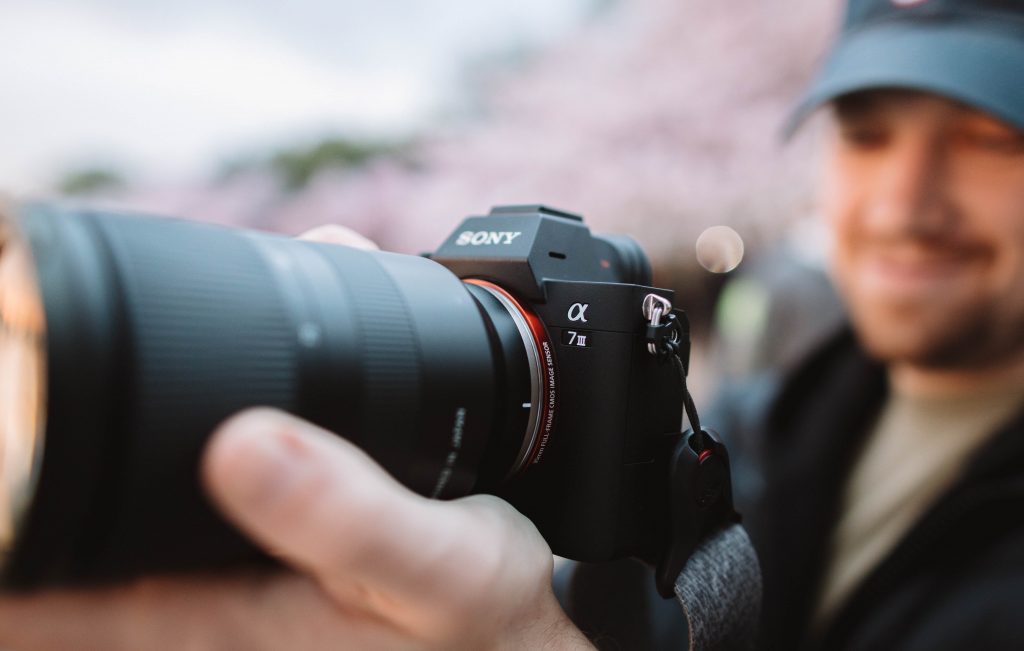
If you are more on the professional side and desire the highest quality possible the Sony α7R IV and the Sony α7 III are the best mirrorless cameras for Instagram.
The Sony α7 series features full-frame sensors that will result in incredible photos. Full frame cameras generally have improved low light performance, better dynamic range for editing, and produce high-quality images overall.
When I decided to purchase a “big-girl” camera I went to the Sony α7R II. I have never been disappointed either. The α7RII has an incredibly powerful 42mp sensor so shooting in RAW brings out every colorful detail of your picture. The G Master lenses are expensive, but worth the investment. My favorite all around city lens is the GM 16-35mm. It is my “go to” lens. The high ISO is crazy good (I’ve taken at 12,800 ISO) and thanks to its amazing pixel count, what noise there might be, is hidden. Its viewfinder is great, and the camera itself is comfortable to hold. It’s sturdy and well made. I have never regretted my choice.
@dccitygirl
The α7R II and α7R III are great choices if you need the massive 42 megapixels but for most travel photographers on Instagram, the more reasonably priced α7 III is the best camera available. With incredible image quality, wifi transfer, and compact body you’ll never want this camera to leave your side. If you want an even smaller camera you can also check out the α7C which offers very similar features in a smaller body.
Additionally, if money is no object you can also pick up the newly released Sony α7R IV which packs a crazy 61-megapixel sensor. The α7R IV can even take 240-megapixel photos with their pixel shifting mode which captures incredible detail for landscape photographers.
Sony Lenses: Sony also offers a high-end line of lenses called G Master (GM). These lenses in combination with the full-frame sensor will offer some of the highest quality images for consumers. GM lenses include a drive mechanism for optimal autofocus performance. All of the G Master lenses are also dust and moisture resistance which can be useful when traveling in harsh conditions.
Many photographers who convert from Canon to Sony will pick up an adapter to convert their Canon lenses to the Sony E-mount system. A few companies make adapters such as Metabones but a lot of users report some performance issues making it ideal to use Sony lenses exclusively.
The Sony α7 III also has a weather-sealed body so things like rain and snow shouldn’t be an issue for the camera.
With 24.2 megapixels and amazing dynamic range, the Sony α7 III will meet all of your Instagram photography needs. Especially since you can quickly transfer photos off (including RAW files) with wifi into mobile editing apps like Lightroom CC.
- Advanced 24.2MP BSI full frame Image Sensor w/ 1.8X readout speed
- 15 stop dynamic range, 14 bit uncompressed RAW, ISO 50 to 204,800. Compatible with Sony E mount lenses. Can be connected via Bluetooth with smartphones featuring (as of the date of release)- Android (Android 5.0 or later, Bluetooth 4.0 or later), iOS (Bluetooth 4.0 or later)
Smartphone Camera (iPhone/Pixel)
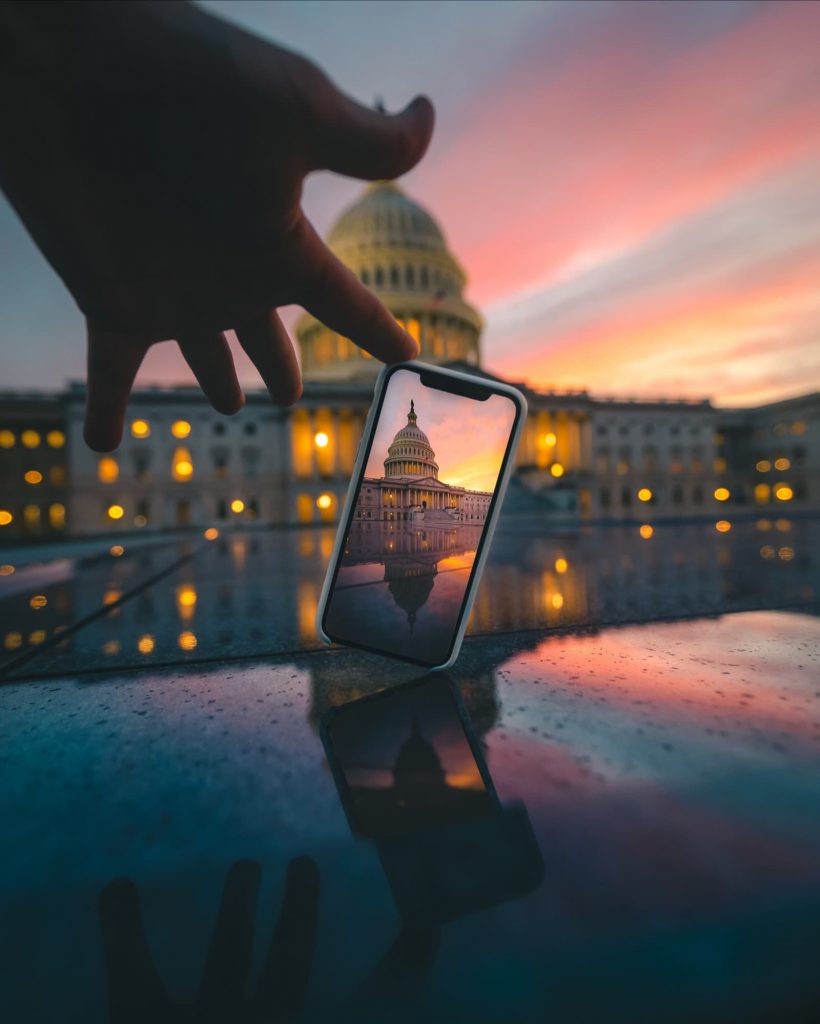
This is a no brainer, if you’re on Instagram you already have a smartphone. Some of the best smartphone cameras include the iPhone 15 Pro and Google Pixel 7 Pro. These are all great choices just in case you’re looking to upgrade your mobile photography.
Plus using your smartphone camera is, of course, the easiest way to take photos and upload to Instagram. It is possible to upload to Instagram from a PC or Mac but we love using the app to post. Most of all you don’t want to miss out posting stories and using direct messages which is best done by using the native Instagram app.
iPhone Lenses: If you want to level up your mobile photography the Moment lenses are incredible. It’s a fantastic way to get a wide-angle or telephoto lens on your phone. It’s also a way to make your Instagram stories more fun by showing a wider angle story to your audience.
Editing Apps: Some apps we recommend to edit your photos include Snapseed, Adobe Lightroom CC, and VSCO. Additionally, the tools and filters built into Instagram are very useful at this point. If you’re looking to improve your photography starting with editing is a good idea since the skill will translate into any camera you’re using. If you want to learn more about mobile photo editing you can find plenty of free videos on YouTube or structured courses on Skillshare.
Shooting RAW Photos on Mobile: Additionally, you can take more control over your mobile photography by shooting RAW with apps like Lightroom CC or Halide on iOS. iPhone lets you shoot RAW on the Pro models. Shooting photos in RAW will give you more data to work with while editing rather than the phone making all of the decisions. Many camera apps will also let you manually control things like exposure, shutter speed, ISO, and aperture. These can be great choices for learning the basics of photography before diving into cameras.
Canon T6i – Best Entry Level DSLR Camera
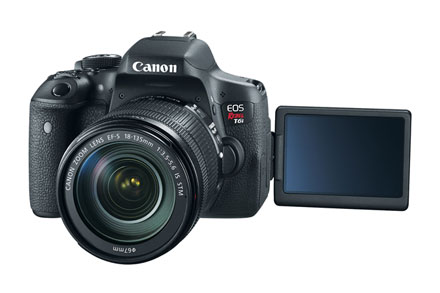
People love Canon cameras because of their massive lens selection and fantastic image quality & color science. The Canon T6i is a great introduction to the Canon ecosystem. Some users prefer using a DSLR since you take photos through a viewfinder that uses a mirror.
With a flip screen and touch screen, it’ll give you many features you’re used to using on a smartphone. One downside is that focusing while shooting videos and using the screen (live view) can be slow since it lacks dual pixel autofocus. So you’ll most likely be using the optical viewfinder to enjoy its fast focus system. Many newer Canon cameras offer dual-pixel technology which makes focusing using the screen much faster.
If you’re using the viewfinder (which is a benefit of DSLRs) you’ll get about ~450 photo battery life. If you use live view to shoot your battery life will be crushed to ~200 photos.
On the downside, the T6i doesn’t include some of the newer Canon features like dual pixel autofocus which can be found in the Canon 80D and M50. Dual pixel autofocus adds incredible autofocus when using live view, the T7i offers dual pixel autofocus. We recommend picking up a Canon camera with dual pixel autofocus if you plan on filming a lot of videos since videos can only be shot in live view.
With the T6i’s built-in wifi, you’ll enjoy editing and uploading to Instagram on the go. You can grab your photos from any Canon camera using the Canon Camera Connect app which will allow you to download images and take photos from a distance.
If you’re looking at getting the Canon T6 we think the extra money is worth the extra features in the Canon T6i. These improved features include a touch screen, articulating screen, 24 megapixels instead of 18mp, better image quality, and improved autofocus.
- 242 Megapixel CMOS (APS-C) sensor, ISO 100–12800 (expandable to H: 25600)
- EOS Full HD Movie mode helps capture brilliant results in MP4 format Brightness Control Adjustable to one of seven levels
$$$ If you have a larger budget you could pick up a Canon T8i, Canon M50, Canon 80D or the newly released Canon 90D. All of these include Canon’s fantastic dual pixel autofocus system that makes shooting with live view optimal.
- Canon T8i: The Canon T8i features a better autofocus system when using the viewfinder and live view due to more autofocus points and dual pixel autofocus. Additionally, it includes a fast burst system of 7 fps, longer battery life, and improved ISO performance.
- Canon M50: If you’re looking for a smaller camera from Canon the M50 has become a great choice due to its mirrorless body, 10fps shooting, improved ISO range, and large lens selection.
- Canon 80D: The Canon 80D is a pro-level camera with its weather-sealed body, incredible ISO, ~960 shot battery life, and great autofocus.
- Canon 90D: The Canon 90D is one of Canon’s newest cameras and offers an incredible 32.5-megapixel sensor. With improved focusing capabilities, battery life, and ISO performance over the 80D the 90D will be a powerhouse of a camera for Instagrammers.
Canon 5D Mark IV – Best DSLR Camera for Instagram

Many professional photographers use the Canon 1DX Mark III, this is an incredible camera but is huge and expensive. The Canon 5D Mark IV offers many of the features of the 1DX Mark II but in a smaller body. With a wide range of features and a 30.4-megapixel sensor it makes the 5D Mark IV the best travel camera DSLR.
If you have a smaller budget the Canon 6D Mark II is a great choice plus it has a fully articulating flip screen making it a great option for vloggers. The 6D Mark II includes a 26.2-megapixel sensor and can record 4k video.
The Canon 5D Mark IV is used by tons of Instagrammers who enjoy the 30.4-megapixel photos, great dynamic range, and wifi capabilities.
Many users flock to Canon since they have a massive lens selection of over 200 lenses. Including unique offerings like tilt-shift lenses that allow you to control the depth of field and perspective of a photo.
Canon’s high-end series of lenses are called L series, notably, these are the ones with a red ring around the front of the lens. All L series lenses are designed to be weather-sealed and are built for professional use.
Canon’s 5D line also has some of the best weather sealing of any camera company. So if you get caught out in the rain or snow you won’t have to worry about your camera being damaged since it’s weather sealed.
Additionally, the Canon 5D Mark IV has fantastic video quality. This is perfect for uploading to your stories, IGTV, or even as video posts. One of my favorite features is the ability to do time-lapses inside the camera. So you won’t have to worry about putting hundreds of images together since the camera can do it all for you. If you want to learn more about professional time-lapses the 5D Mark IV also includes a built-in intervalometer that will takes photos every X seconds so you can edit the photos together on your computer.
If you’re looking for a high-end mirrorless camera from Canon they also make the Canon EOS R which has most of the premium features of the 5D Mark IV but in a smaller mirrorless body. Canon has only released a handful of lenses for this new RF mount system so you’ll probably want to pick up the EOS EF to RF adapter to use all of Canon’s lenses. Canon has also released the Canon EOS RP which is a fantastic value at only $1300 for a full-frame mirrorless. Canon has also released a high-end mirrorless camera called the Canon EOS R5 which features 8k video recording, 4k 120fps, and sensor stabilization.
- New 30.4 Megapixel full-frame CMOS sensor for versatile shooting in nearly any light, with ISO range 100-32000; expandable up to 50-102400 (equivalent ISO).
- 4K Motion JPEG video (DCI cinema-type 4096 x 2160) at 30p or 24p; in- camera still frame grab of 4K 8.8-Megapixel images; multiple video options include Full HD up to 60p, and HD up to 120p.
Fuji X-M1 – Mirrorless Alternative
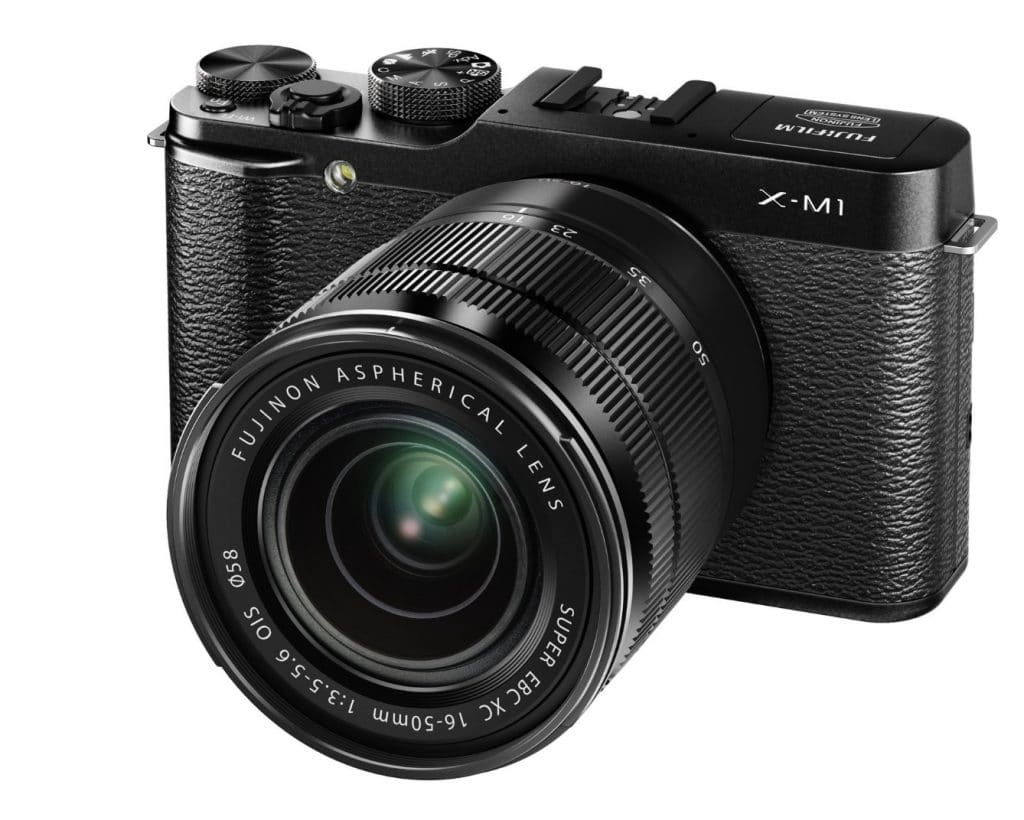
Alternatively, you can pick up the Fuji X-M1 if you want something a bit different. Some stand out features includes Wifi and larger sensor. For its price, it’s a great way to learn the basics of photography without breaking the bank.
The X-M1 also includes a tiltable screen, built-in wifi, and a large sensor in a very small body. Plus it’s hard to resist Fujifilm’s vintage style body. The Fuji X-M1 also includes 1080p recording at 30fps which can come in handy if you plan on shooting videos.
Some note that the autofocus can be a tad slow compared to other mirrorless cameras and some of the dials are awkwardly placed. Those cons aside the X-M1 offers excellent image quality, low noise at high ISOs, quick start-up, and a tiltable LCD screen.
- 16.3 MP APS-C X-Trans CMOS sensor
- ISO 200-6400 (expandable to to 12800 and 24600)
$$$ Upgrade If you have a higher budget the Fujifilm X-T100 with its tilt/flip screen, touchscreen, and the 24-megapixel sensor is also a great alternative to the X-M1. Additionally, the Fujifilm X-T20 is also a great choice with more modern features.
- 24.2 Megapixel APS-C size sensor with Color Reproduction technology refined over 80 years. Artistic expression are made easy with the x-t100 with film Simulation and advanced filter modes
- Featuring super-fast autofocus and a variety of automatic functions, including an evolved SR+ auto mode which is capable of subject recognition together with conventional scene recognition
GoPro HERO10 – Best Action Camera for Instagram
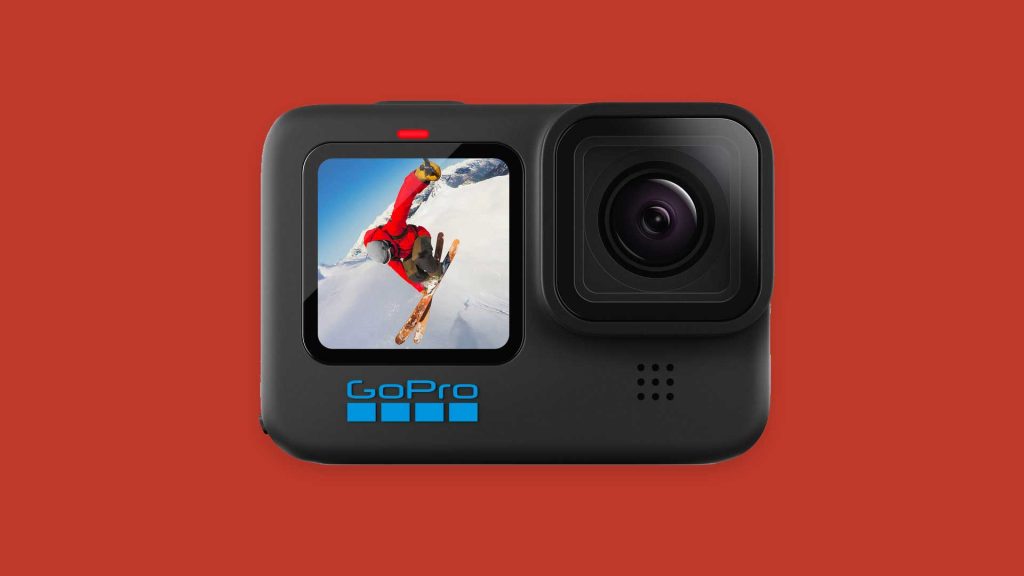
If you’re capturing action or sports on your Instagram feed you can’t beat the image quality, size, stabilization, and waterproofing of the GoPro HERO10 Black.
Best of all you can transfer your photos and videos to your phone with the built-in wifi. GoPro’s app has light editing features to edit your videos together. Plus with its RAW capture mode you can heavily edit your photos from the HERO10.
GoPro HERO10 Black Features:
- Color Front Facing LCD Screen:The HERO10 features a color display on the front of the camera, perfect for selfies and vlogging.
- HyperSmooth 4.0 Video Stabilization: This simulates gimbal-like stabilization to make your footage ultra-smooth in all shooting modes plus it has in-camera horizon leveling.
- Voice Controls: Use your voice to take photos, start recording, and more.
- 5.3K60/4K120 FPS video + 23MP Photos: With stunning 5.3K video quality and 23-megapixel stills all of your footage will look fantastic on Instagram. The HERO10 also includes three microphones with advanced wind noise reduction.
- Waterproof: The GoPro HERO10 is designed to be as rugged as possible, its waterproof body makes it fantastic for trips to the beach. Plus the HERO10 includes a mount built right into the base of it.
Check out some of the best GoPro photography on GoPro’s Instagram account. Even if you don’t plan on taking adventurous photos the wide-angle photos from the GoPro will give you ample creative opportunities for your feed.
- Revolutionary Processor: Faster. Smoother. Better. The powerful new GP2 engine changes the game—snappy performance, responsive touch controls and double the frame rate for amazingly smooth footage. Designed specifically for the demanding nature of the GoPro, the GP2 “system on a chip” is by far our fastest ever.
- High-Res Photos plus Videos, High Frame Rate: Step up to the sharpest-shooting GoPro ever. Upgraded to incredible 23MP photos and 5.3K video resolution at 60fps, HERO10 offers double the frame rate for amazingly smooth motion. Plus, there’s 8x slo-mo at 2.7K and you can pause videos and grab 15.8MP still photos from 5.3K video that look amazing.
Another great action cam is the DJI Action 2. This action camera is cheaper than a GoPro and features a unique design. Plus if you already have DJI drones this might be a familiar product for you.
Choosing Your First Lens
If you’re starting out, the kit lenses (lenses bundled with the camera) are typically good quality. They usually offer a great range of focal lengths for all types of photography.
After learning how the camera works using the kit lens we highly recommend upgrading to a 50mm prime (great for portraits!). You can usually pick one up for around $100 and most camera companies make an affordable 50mm for their cameras. Prime lenses will give you lower f stops so you have greater control of the depth of field in your photos. Shallow depth of field is often used in artsy photos especially when taking portraits. Plus if you pair a shallow depth of field with unique lights like fairy lights you can achieve some interesting effects.
| Preview | Product | Price | |
|---|---|---|---|

|
Sony – FE 50mm F1.8 Standard Lens (SEL50F18F), Black | $248.00 | Buy on Amazon |

|
Canon EF 50mm f/1.8 STM Lens | $125.00 | Buy on Amazon |

|
Fujifilm XF35mmF2 R WR – Black | $399.00 | Buy on Amazon |
Once you figure out your style and what you like to shoot buying more lenses can improve the direction you’re heading. Wide-angle lenses (~16mm) can be great for landscapes and cityscape photography while telephoto lenses (~50mm) are ideal for portraits.
On a side note, without adaptors, lenses aren’t interchangeable between companies. This is something to consider before you get heavily invested in a camera brand.
Crop Factors: Just to note, all focal lengths noted above assume you’re using a full-frame camera (35mm). To calculate the focal length to a cropped sensor you can use a took like crop factor calculator. So, for example, a 16mm lens on a micro four-thirds camera will actually be 32mm so that is something to consider when looking up lenses. We recommend reading reviews of lenses to fully see what you’re going to get.
Other Photography Gear for Instagrammers
After getting a camera here is popular items photographers use to up their Instagram photos. This includes a tripod which is essential for long exposure photos, backpacks, and interesting props for your photos.
- Tripod: If you plan on doing a lot of night photography a tripod will be essential to capturing long exposures and share images at night. When buying a tripod be sure to check the maximum load and if your camera is below the max weight.
- Backpack: When you acquire more lenses a bag to carry all of your gear is important. Plenty of companies make camera bags but Peak Design is a popular choice for many photographers.
- Instagram Props: Popular items Instagrammers place in their photos include a Lensball, Prisms, Fairy Lights, and the Moon Light. These have become very popular on Instagram being used by huge photographers like @brandonwoelfel.
One camera won’t be the best option for everyone but balancing the size, budget, and features of all of these cameras will take fantastic photos. Hopefully, these cameras and gear will improve your Instagram feed.
If you’re still trying to improve your photography we recommend checking out Skillshare and watching free videos on YouTube. Learning to perfect your editing can also greatly improve your photos.
Let us know your thoughts and what you shoot on in the comments!

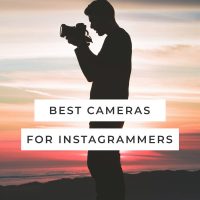







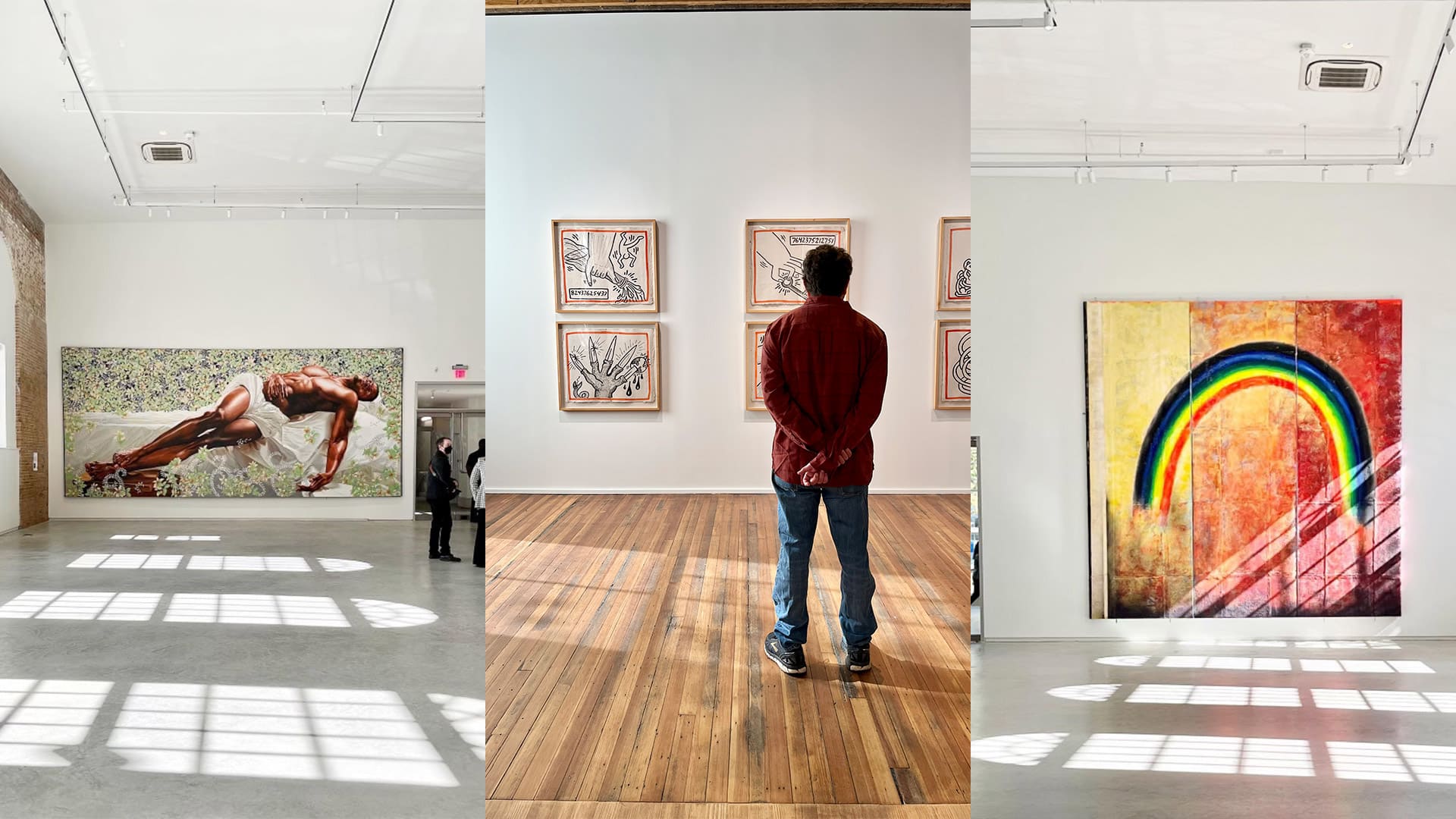
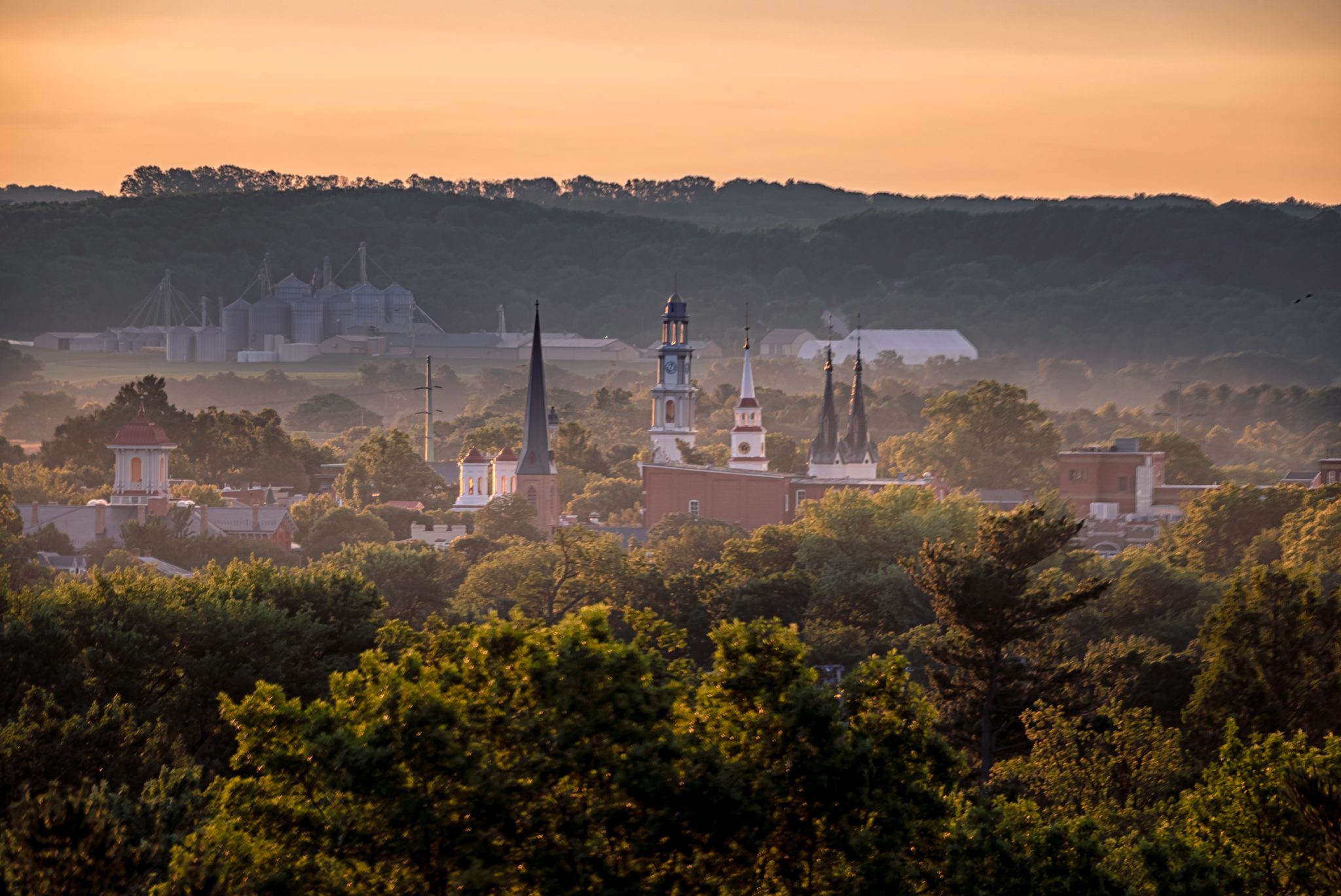
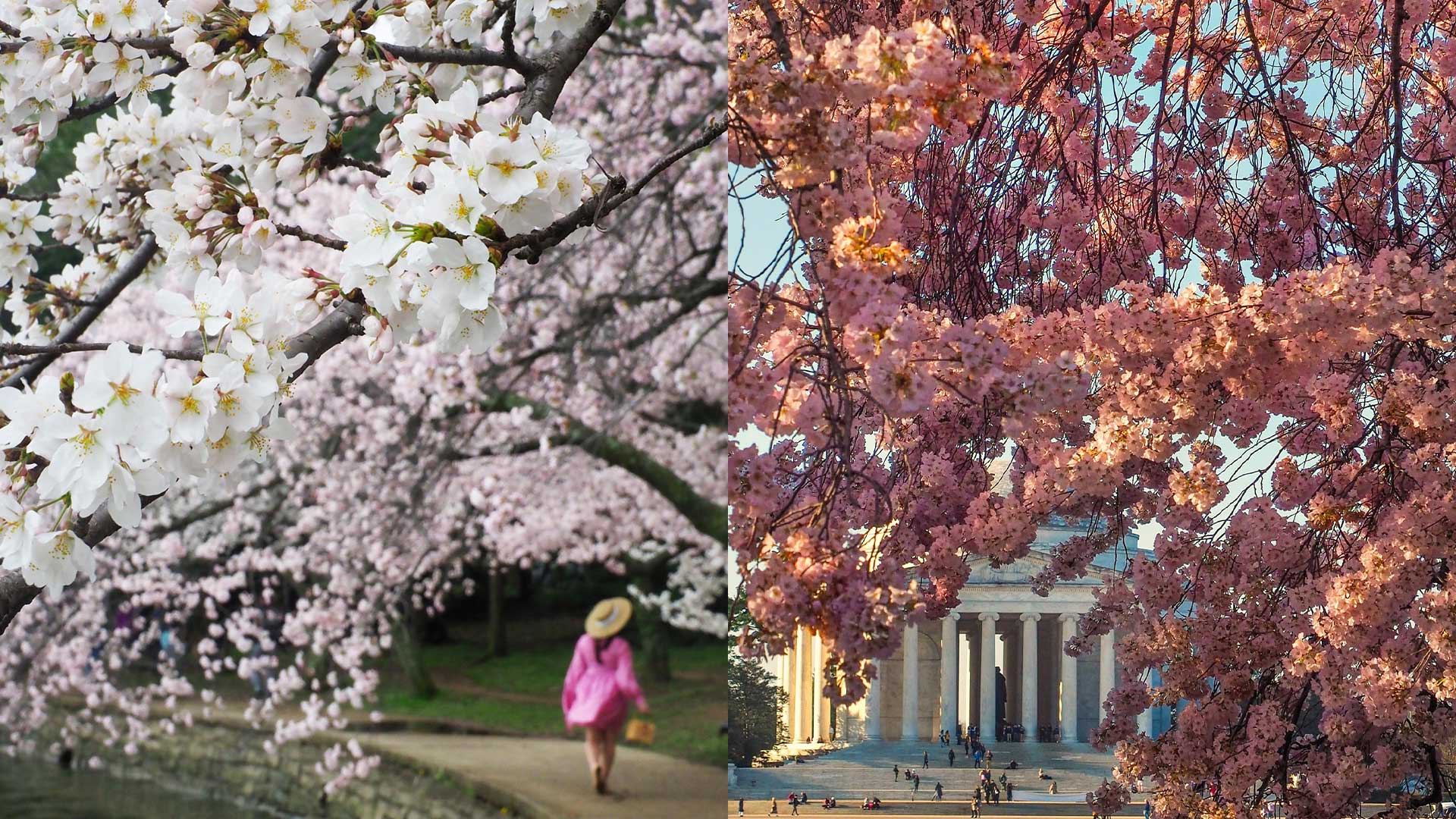
Leave a Reply